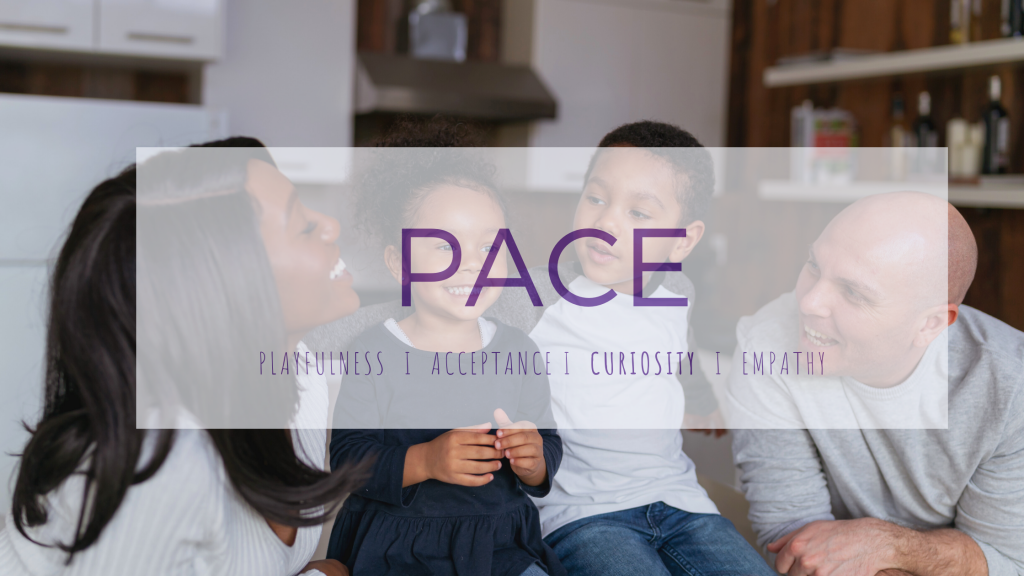
The C of PACE is curiosity, meaning that parents who want to know more about what happened, rather than less, will be more helpful to their children. The opposite of curiosity is rigidity, or assuming that you already know what happened based on the information you already have. Parents may know what happened on a behavioral level, like little Johnny did this, then little Jimmy did that, and so on. But curiosity means that parents want to know more than the surface level of what they saw. By asking questions about thoughts, feelings, beliefs, opinions, past experiences, and body sensations, parents are telling their children that they understand that what happened was more than just about what they saw. It also tells your child that you are willing to listen to them, not make assumptions, and that you are open to their experience. Yes, that may be challenging as a parent, especially when your child did something so obviously wrong or bad. Showing your child that you won’t just see them for what they do, but also what’s inside them, tells your child that you see their inner goodness, even when everyone else just sees them as bad. Curiosity means that you are assuming that your child is not “crazy” or “defective,” but that their behaviors can be controlled, and that you will always help them with this. It is practically impossible to be curious when you are rip-roaring mad about a child’s behavior, so it’s okay to get space and then come back to curiosity when you are feeling more calm. One of the important aspects of curiosity, like with acceptance, is that you are teaching your child to be curious about their own experiences, so that they do that frequently, which sets them up to figure out what is going on for them.
